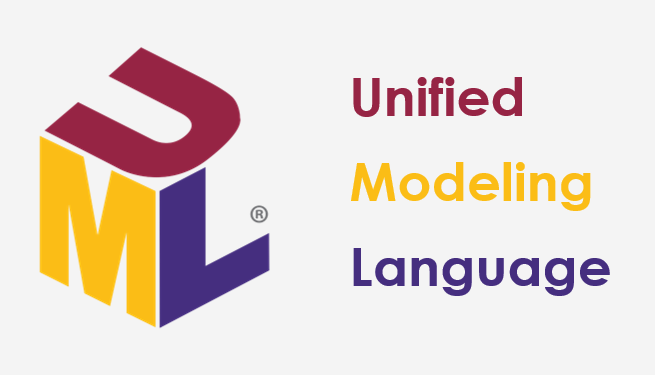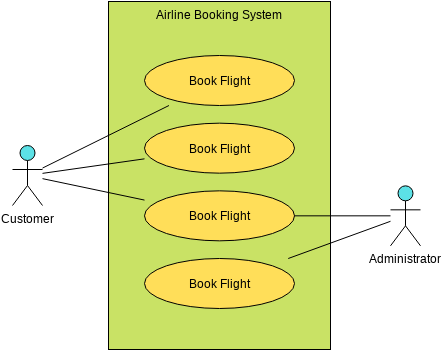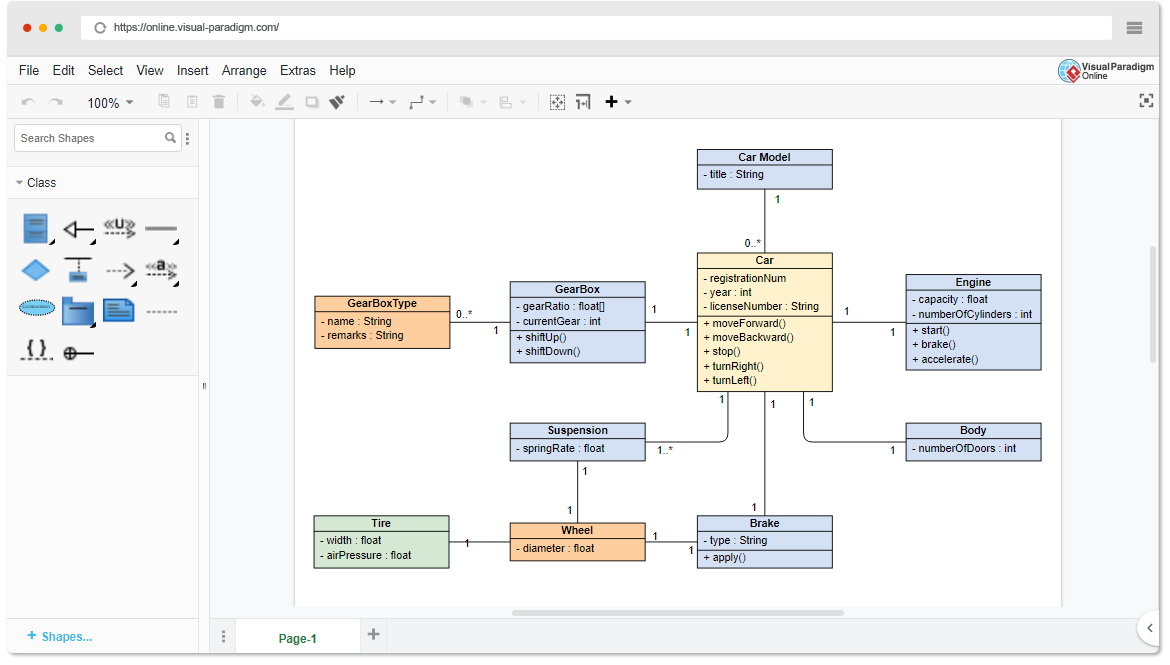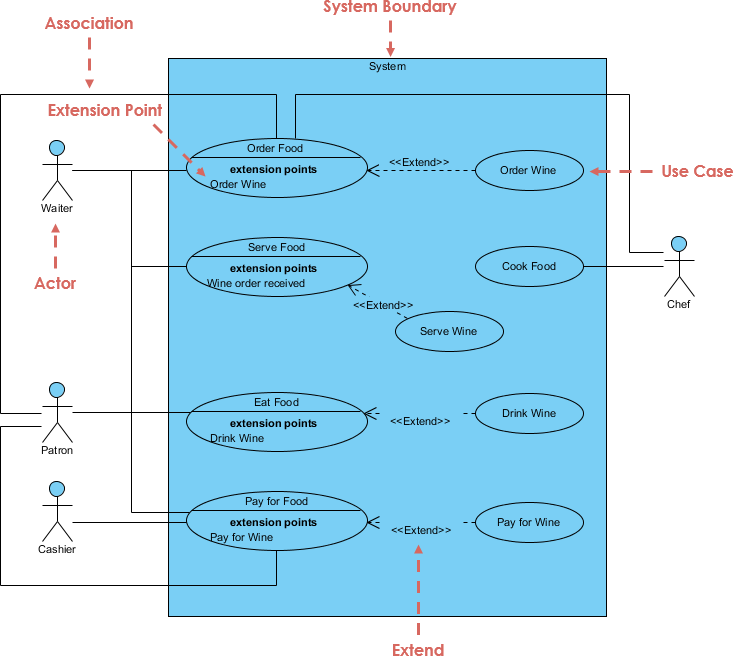UML – A Comprehensive Guide
What is UML? UML is a standard notation for object-oriented methods, which was created by unifying Object Modeling Techniques. It is used for analysis, design and deployment of systems. The Unified Modeling Language was designed to respond to the needs of businesses to automate the production of software, improve quality and reduce cost and time-to-market. It also provides a formal basis for understanding the modeling language. Why UML? Large enterprise applications must be structured in a way that enables scalability, security, and robust execution under stressful conditions. A well-designed architecture enables code reuse,…continue reading →











